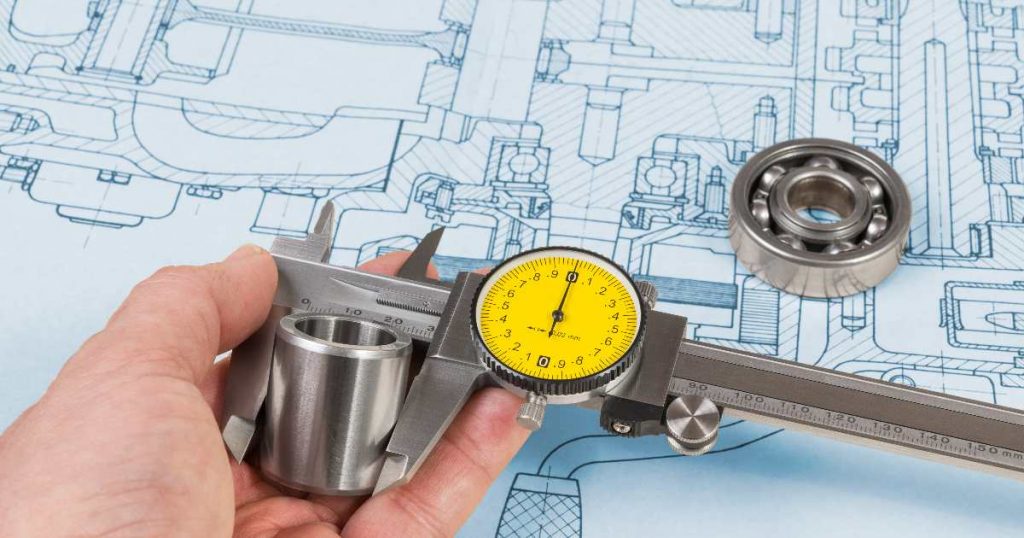I had a good talk with Clive J. Greenwood, founder of P1 Manufacturing Quality Consultants, and he agreed to answer a Q&A on the topic of process controls in China factories. He completed the Motorola Six Sigma Black Belt program and has been applying statistics for controlling operations for a long time. He has been involved in manufacturing in China for over 25 years!
Clive noted that most companies rely on certification and end of line inspection, and he has found enormous variation in product quality (often among products made by the same company and on the same production line) through multiple supplier audits.
Such variation means that product quality is always subject to unacceptable variance and requires both the manufacturer and the customer to engage greater resources for inspection activities. As Clive explains below, that approach is quite costly.
Q: Why should manufacturers care about process controls? How does it help them (and their customers)?
Process control is in fact cost reduction.
If a manufacturing action which is critical to quality is monitored and not allowed to become unstable, then yield rates (i.e. the percentage of parts that are acceptable) will increase, and in addition, waste is removed, lowering production costs.
Process control or SPC also allows quality departments to monitor the product quality at each stage of the manufacturing process. This data will demonstrate any area of concern at a micro level, while end of line inspection may not see a defect and this defect is passed onto the customer.
In addition to internal quality control, this data can be made available to customers as a mark of quality assurance. It improves transparency between supplier and client and client comfort.
Q: Can you maybe give an example, so people understand what good process controls are?
Good process controls in China factories will help the manufacturer reduce variation and get back inside acceptable limits. For example, let’s say a hole centre is CTQ (i.e. Critical To Quality), meaning that is is one of the most important elements to get right consistently.
It has a minimum of 4 control points:
- 2 coordinates (X & Y)
- Hole diameter
- Trueness through the material.
The questions are “is it drilled in the right place”, “is it the right size” and “has it been drilled with the proper strength”.
In case of unwanted variation, an SPC chart will often show possible tinkering with machine settings, at what time of day and by which operator and action can then be taken on those sources of variation.
Q: Can you give people a sense of when and how statistical process controls (SPC) are put in place?
A process control is defined in the DFMEA (a structured risk analysis at the design stage, leading to an action plan to manage those risks).
Critical and acceptable quality points are isolated and acceptable variation limits are set — these are quite different from drawing tolerances which are ‘stop-go’ points.
Now, what does a SPC system do, if one simplifies the approach?
It looks at variation over a given number of observations. These observations are increased or decreased according to the value of actual variation over standard deviation and looked at as a value of sigma. Or population of values on either side of delta, where delta is set as the standard variation and the actual variation is a population position, these populations are then analysed, the objective is to bring the population to delta. An example is that a product with a high deviation on either side of delta is more likely to fail.
Q: Would the approach be the same for high-mix, low volume productions and for low-mix, high volume? What would the differences be?
The approach is the same, but the observations change as the volume of product through the process is different.
The basic rule is the more observations the better the data. However, incorrect actions on low volume tend to cost more. A high mix production line normally requires greater flexibility in the manufacturing system, and this flexibility is a concern as data points will require greater monitoring.
Q: We have found that China factory owners tend to be very focused on sales, and not very focused on improving their operations. How do you get their attention and keep them motivated?
Easy. Show them where they are losing money.
*****
Clive provides training services to manufacturers including putting in place process controls in China factories, so feel free to contact him if there is a need.
You may also like to read…
- Understanding Manufacturing Process Controls in Your Factory
- 11 Steps To Set Up a Process Control Plan
- Are Preventive Maintenance and Process Control the Same Thing?
Are you designing, or developing a new product that will be manufactured in China?
Sofeast has created An Importer’s Guide to New Product Manufacturing in China for entrepreneurs, hardware startups, and SMEs which gives you advance warning about the 3 most common pitfalls that can catch you out, and the best practices that the ‘large companies’ follow that YOU can adopt for a successful project.
It includes:
- The 3 deadly mistakes that will hurt your ability to manufacture a new product in China effectively
- Assessing if you’re China-ready
- How to define an informed strategy and a realistic plan
- How to structure your supply chain on a solid foundation
- How to set the right expectations from the start
- How to get the design and engineering right
Just hit the button below to get your copy (please note, this will direct you to my company Sofeast.com):


